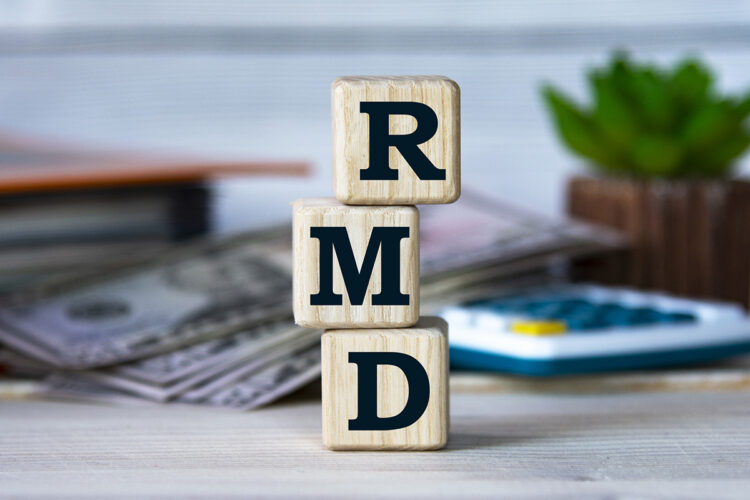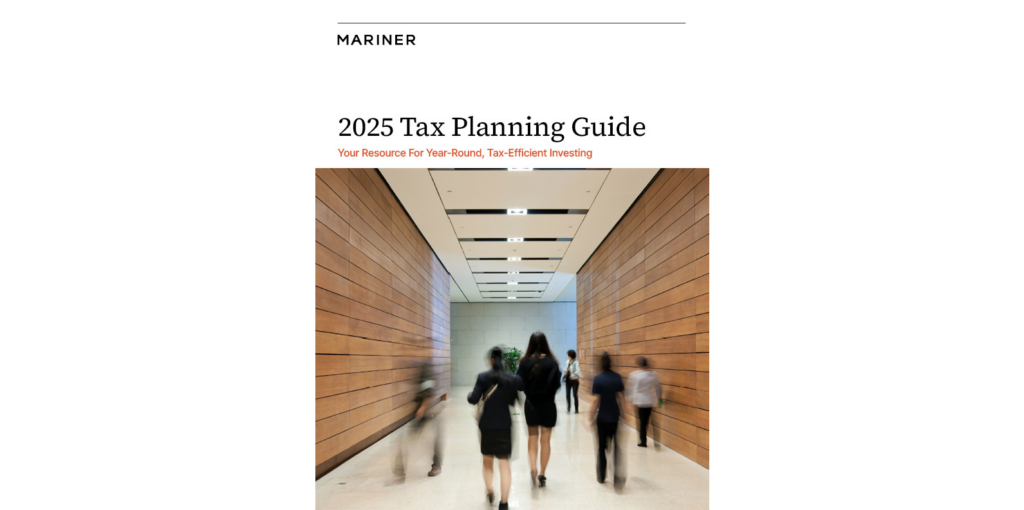The Latest on Required Minimum Distribution (RMD) Rules

As of 2023, the age for starting RMDs is 73. It increases to age 75 by 2033. In addition, certain penalties have been reduced for late distributions. Read more for details on the latest changes.
Q: At What Age Do I Have to Start Taking RMDs?
A: It depends on when you were born:
- If you were born before July 1949, your RMD age is 70½.
- If you were born between July 1, 1949 and before 1951, your RMD age is 72.
- If you were born between 1951-1959, your RMD age is 73.
- If you were born 1960 or later, your RMD age is 75.
Q: After I Turn My RMD Age, When Do I Need to Take My Distribution?
A: You can delay taking your first RMD until April 1 of the year after you reach your RMD age—although that will result in two RMDs for the year, increasing your taxable income. After your first RMD, the deadline for distributions is Dec. 31 of each year. While you can request a distribution at any time during the year, if you wait until Dec. 31, your taxable retirement accounts will have more time to grow.
Keep in mind that while the new retirement plan changes give you more flexibility when it comes to your RMDs, the longer you delay them, the larger they will need to be, which will add to your tax bill. RMDs are taxed as ordinary income in the year you take them.
Q: What Types of Retirement Plans Require Minimum Distributions?
A: You must take RMDs from your qualified, or tax-deferred, retirement accounts. Those include traditional, SEP, SARSEP and SIMPLE IRAs and 401(k), 403(b), 457(b) and profit-sharing plans. Starting in 2024, Roth 401(k) account holders will no longer be required to take RMDs.
If you have several IRAs, you’ll need to calculate the RMD for each account. However, you can take your total RMD from only one IRA or a combination of IRAs. If you own multiple 401(k)s, you must calculate and take the RMD for each separately.
Q: How Is My RMD Calculated?
A: Typically, your plan administrator will calculate your annual RMD and report it to the IRS. To do it yourself, start with your account’s balance as of Dec. 31 of the previous year. Then, divide that figure by the life expectancy factor for individuals your age from the IRS table relevant to your situation.
For example, say you are married, your spouse isn’t more than 10 years younger than you (and not the sole beneficiary) and you turned 74 in October 2022. The value of your traditional IRA on Dec. 31, 2022, was $1,000,000. Using Uniform Lifetime Table III, you see that the distribution period for a 74-year-old is 25.5. Divide $1,000,000 by 25.5, and your RMD is $39,215.69.1
Q: Do I Have to Take an RMD if I’m 73 and Still Working?
A: In some cases, no. If you’ve reached RMD age and are still employed, you’re not required to take an RMD from your employer-sponsored 401(k) plan until you retire. Note that this doesn’t apply to IRAs or qualified plans from previous employers.
Q: Is There a Penalty for Failing to Take an RMD?
A: Yes. However, now the 50% penalty on the shortfall amount has been reduced to 25%. Plus, if you pay that shortfall within two years, the penalty can possibly be reduced to 10%.
Q: How Can I Minimize My Tax Burden?
A: To reduce your tax bill in retirement, consider the following strategies:
- Convert traditional IRA assets to a Roth IRA. When you roll over some of your IRA funds into a Roth IRA, you won’t be required to take any RMDs or pay taxes on withdrawals as long as the account has been open for at least five years. However, you’ll pay taxes on the amount you roll over at the time of conversion.*
- Fill up lower tax brackets. If you’ve recently retired but your first RMD is a few years away, you may decide to live off cash savings initially, which could put you in a lower tax bracket. Once you reach RMD age and begin taking distributions, you’ll likely move into a higher tax bracket. Using this strategy, you could decrease the withdrawal amounts that eventually would have been taxed at a higher rate.
- Make a qualified charitable distribution (QCD). Once you reach age 70½, traditional IRA account holders can donate up to $100,000 of their RMD to qualified charities and reduce the taxable amount of the RMD. Beginning in 2023, you have the option to make a one-time $50,000 QCD directly from your traditional IRA to certain split-interest entities, including a charitable remainder annuity trust, charitable remainder unitrust and charitable gift annuity.
- Implement a blended withdrawal strategy. If you have a taxable brokerage account, you might think about a blended withdrawal strategy to take advantage of long-term capital gains tax rates.
Whatever strategy you’re considering, work with your wealth advisor to make sure it’s appropriate for your situation.
Source:
1“Distributions from Individual Retirement Arrangements (IRAs).”
This article is provided for informational and educational purposes only, and the views expressed do not take into account any individual personal financial, legal, or tax considerations. As such, the information contained herein is not intended to be personal legal, investment, tax advice, or a solicitation to or recommendation to engage in any strategy mentioned. Any opinions expressed are based on information and sources of information deemed to be reliable, but Mariner Wealth Advisors does not warrant the accuracy of the information. Please seek advice from qualified tax, legal, and financial professionals before making any financial-related decisions.
*If you convert a Traditional IRA to a Roth IRA the conversion amount will be treated as a distribution for income tax purposes and is included in your gross income (excluding any nondeductible contributions). Because you will be required to pay income taxes on the conversion, you need to consider that cost and whether or not it is appropriate for your situation. A distribution from a Roth IRA is tax-free and penalty-free, provided the five-year aging requirement has been satisfied, and one of the following conditions is met: age 59½, disability, qualified first-time home purchase, or death.
Mariner is the marketing name for the financial services businesses of Mariner Wealth Advisors, LLC and its subsidiaries. Investment advisory services are provided through the brands Mariner Wealth, Mariner Independent, Mariner Institutional, Mariner Ultra, and Mariner Workplace, each of which is a business name of the registered investment advisory entities of Mariner. For additional information about each of the registered investment advisory entities of Mariner, including fees and services, please contact Mariner or refer to each entity’s Form ADV Part 2A, which is available on the Investment Adviser Public Disclosure website. Registration of an investment adviser does not imply a certain level of skill or training.

